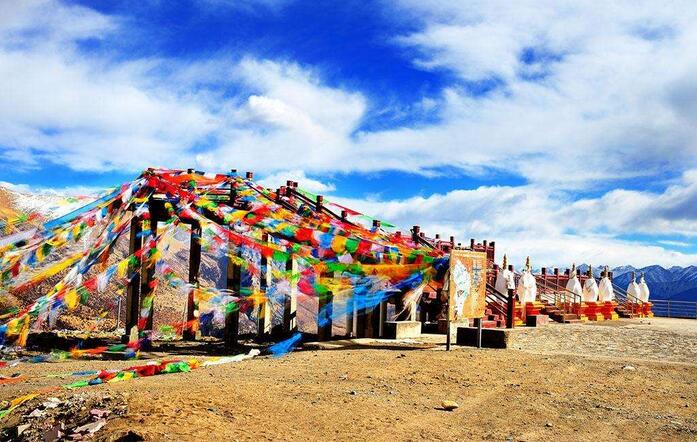Scientists wondered how mountain people can remain healthy living at high altitudes.
科學家好奇,生活在高海拔地區的人們如何維持健康。
To see if genes contribute, scientists analyzed the genomes of three ethnic groups living at altitudes over twelve thousand feet, two from Ethiopia, and Tibetans.
為了驗證是否與基因有關,科學家們分析了在12000多英尺處生活的3組族群的染色體,其中有兩組來自埃塞俄比亞,另外一組來自西藏。
One Ethiopian group, the Oromo, cope the same way lowlanders do, by making more hemoglobin.
來自埃塞俄比亞的奧羅莫人與其他生活在低海拔地區的人一樣,身體會制造更多的血紅蛋白抵抗低氧環境。

The Amhara and Tibetans, on the other hand, have hemoglobin levels ten percent lower than the Oromo.
另一方面,阿姆哈拉人和西藏人的血紅蛋白含量比奧羅莫人低約10%。
Does genetic variation account for this?
是基因變異導致的嗎?
Scientists found that both the Amhara and Tibetan highlanders possessed genetic variants associated with low hemoglobin levels.
科學家發現阿姆哈拉人和西藏人都有與低血紅蛋白水平相關的基因變異。
But they were not the same genes.
而他們的基因卻不同。
It appears that each group took a different evolutionary path to achieve the same outcome of dampening the usual response of increased hemoglobin.
似乎他們經歷了不同的進化歷程,但都達到了人體在患高空癥時抑制血紅蛋白增長的相同結果。
How about all those vacationers in Colorado?
那么在科羅拉多度假的人們怎么辦呢?
They will have to make do with their own lowland genes, for now.
目前而言,只能勉強適應自己的低地基因了。
譯文為可可英語翻譯,未經授權請勿轉載!











